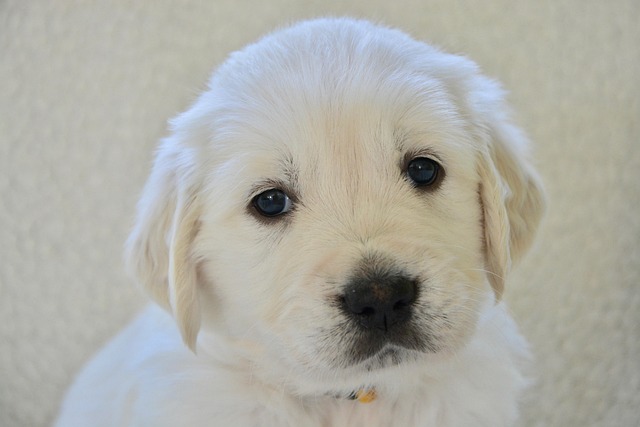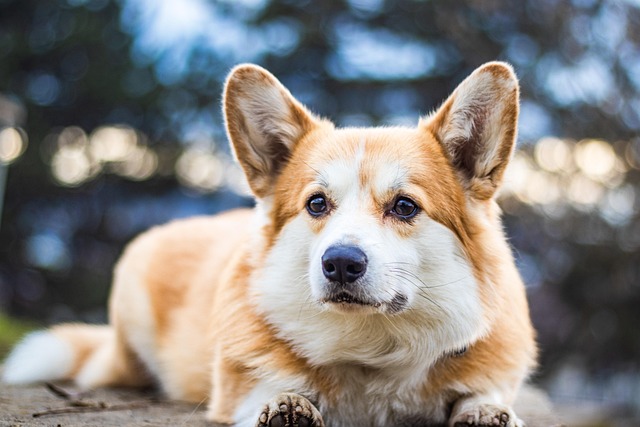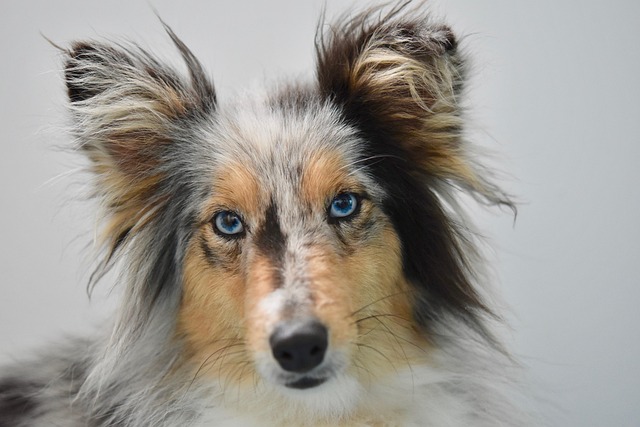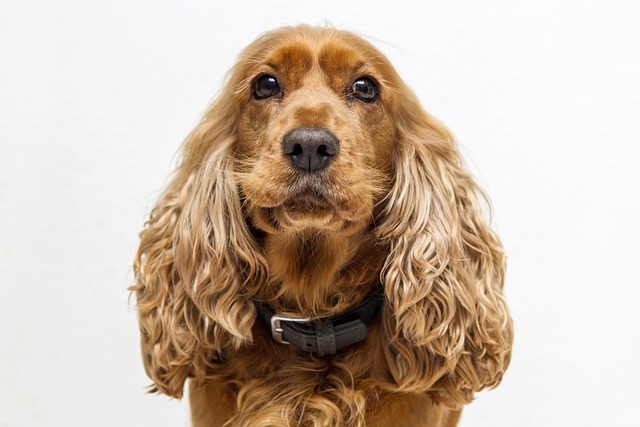Watching your dog bare their teeth at a stranger or snap at another pup can send your heart racing. Last month, my friend in Seattle panicked when her shepherd mix, Maya, growled at a kid reaching for her toy. She wanted to "teach her a lesson," but the trainer was clear: discipline for aggression isn’t about punishment—it’s about guiding them to feel safe, so they don’t need to lash out.
Aggression almost always starts with fear. Maya’s brain saw the fast-moving hand as a threat, and growling was her way of saying, "Please back off." Yelling or hitting would’ve confirmed her fear—now she’d think both the kid and her owner were dangerous. Instead, the trainer explained, we need to rewrite that story: "When scary things happen, staying calm brings good things." It’s like teaching a nervous child that thunderstorms aren’t dangerous by playing a game during the storm.
Here’s what works: the second you see tension—stiff body, raised hackles—redirect their focus. Maya’s owner learned to say "let’s go" in a cheerful voice and walk her away, then reward with a treat when she relaxed. For food aggression, they fed her in a crate with a note on the door: "Dinner time—please wait!" so guests knew to keep distance. A trainer in Texas uses "time-ins" instead of time-outs: when a dog acts out, move them to a quiet spot with a chew toy, so they associate calm with comfort, not isolation.
Legal lines matter. In California, a dog with a bite history may require a muzzle in public, so nipping issues early avoids legal headaches. Rabies vaccines are mandatory nationwide—keep records handy, as some cities ask for proof if incidents occur. When walking, a short leash gives you control, and carrying poop bags isn’t just polite—it’s part of being the responsible owner neighbors trust, even with a reactive dog.
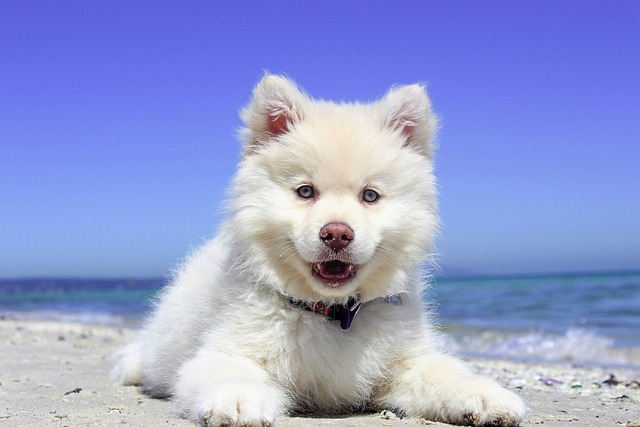
Never use physical discipline. Slapping or alpha rolls (pinning them down) are cruel and counterproductive—Maya once cowered after a swat, then bit harder when scared again. Instead, praise small wins: "Good girl!" when she ignores a passing dog. Positive reinforcement builds trust, and a dog that trusts you is less likely to snap.
Apartment living adds layers. Thin walls mean loud scolds upset neighbors, so keep your voice steady. Maya’s owner blocked her view of the hallway with a tall plant—fewer triggers, fewer outbursts. When using elevators, let others exit first to avoid crowding, which stresses reactive dogs. A little courtesy keeps your building dog-friendly, giving you more space to train.
Maya now greets kids calmly, not because she’s "disciplined," but because she learned she doesn’t need to fight. With patience, you’ll turn fear into confidence—and that’s the best discipline there is.
